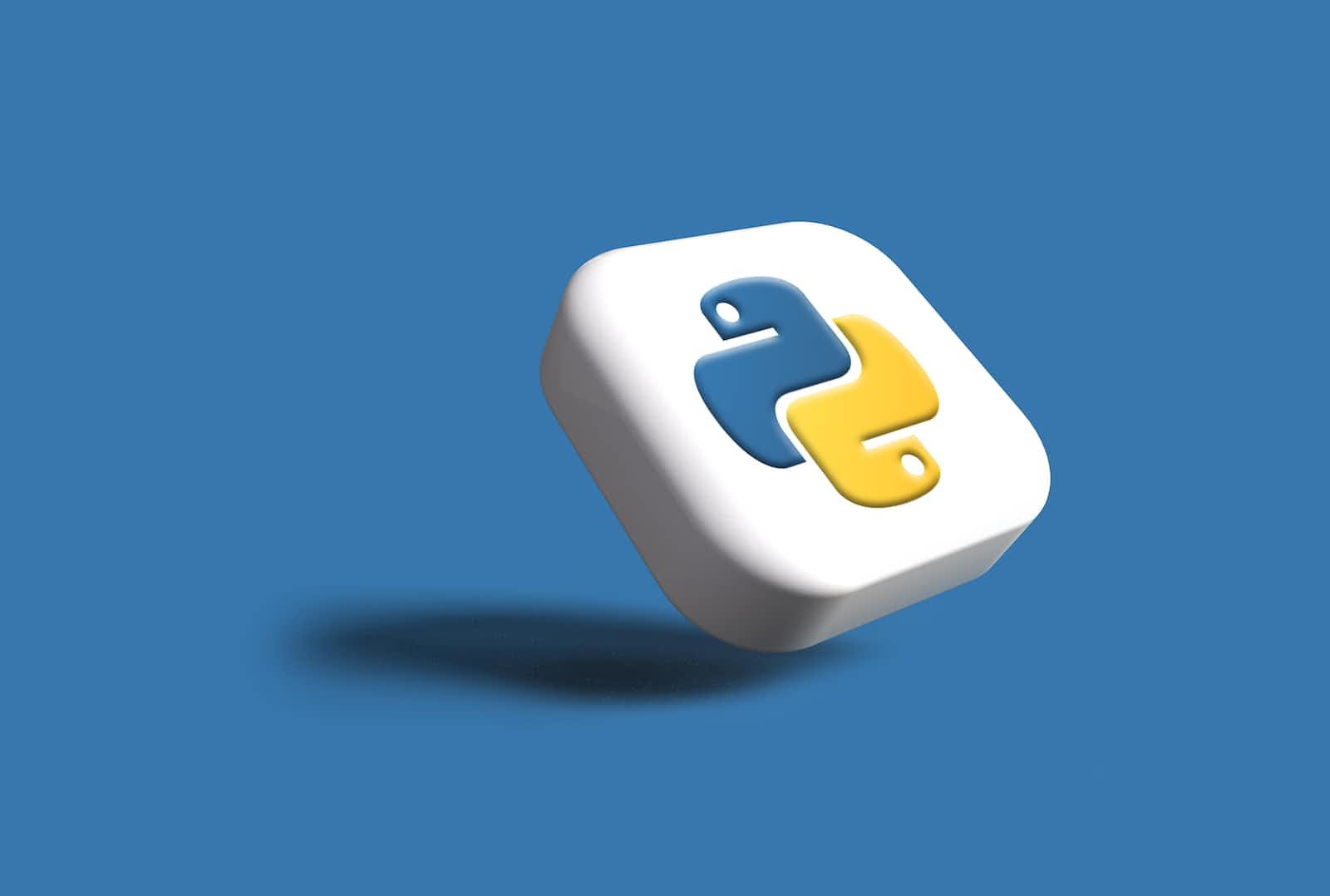Exploring File Listing in Python: A Guide to os.listdir()
 Omini Okoi
Omini Okoi
Introduction
File manipulation is a fundamental aspect of programming, and Python provides a rich set of tools to work with files and directories. In this article, we'll delve into the os.listdir() function, a simple yet powerful way to retrieve the names of files within a directory. We'll explore its usage, discuss its applications, and provide examples to illustrate its versatility.
Understanding os.listdir()
The os.listdir() function is a part of Python's built-in os module, which allows you to interact with the operating system. This function returns a list of all the files and directories present in the specified directory. The syntax for using os.listdir() is straightforward:
import os
directory_path = '.' # Replace this with the path to your target directory
file_list = os.listdir(directory_path)
for filename in file_list:
print(filename)
Let's break down this code snippet:
We start by importing the
osmodule to gain access to its functions.We define the
directory_pathvariable, which holds the path to the directory for which we want to list the files. In this example, we use.to represent the current directory, but you can replace it with any directory path you need.We use
os.listdir(directory_path)to retrieve a list of file and directory names within the specified directory.Finally, we iterate through the list and print each filename.
Applications of os.listdir()
The os.listdir() function is incredibly versatile and can be used in various scenarios, including:
File Management: When you need to perform operations on multiple files within a directory, such as copying, moving, or deleting them.
File Information: To gather information about files in a directory, such as their size, modification date, or permissions.
Data Processing: For batch processing of files, such as reading and processing data from multiple files in a folder.
Automating Tasks: When writing scripts or programs that need to interact with files in a specific directory.
Examples of os.listdir() Usage
Let's explore a few practical examples to demonstrate how os.listdir() can be applied.
Example 1: List All Files in a Directory
import os
directory_path = '/path/to/your/directory'
file_list = os.listdir(directory_path)
for filename in file_list:
print(filename)
This code lists all the files in the specified directory.
Example 2: Filter Files by Extension
import os
directory_path = '/path/to/your/directory'
file_list = os.listdir(directory_path)
for filename in file_list:
if filename.endswith('.txt'):
print(filename)
In this example, we filter the files by their extension (in this case, .txt) and print only those files matching the criterion.
Example 3: Count the Number of Files in a Directory
import os
directory_path = '/path/to/your/directory'
file_list = os.listdir(directory_path)
file_count = len(file_list)
print(f'Total files in the directory: {file_count}')
This code counts the number of files in the directory.
Conclusion
The os.listdir() function is a valuable tool for working with files and directories in Python. Its simplicity and versatility make it a powerful choice for a wide range of file-related tasks, from basic file listing to more complex file management and data processing operations. By understanding how to use os.listdir(), you'll have a foundational skill that can be applied in various programming and automation scenarios.
If you found this article useful or learned something new, please consider showing your support by liking it and following me for updates on future posts.
You can also connect with me on Twitter, LinkedIn and GitHub!
Subscribe to my newsletter
Read articles from Omini Okoi directly inside your inbox. Subscribe to the newsletter, and don't miss out.
Written by

Omini Okoi
Omini Okoi
I am a web developer with experience in back-end engineering and cloud computing. I enjoy mentoring and training others in coding and technology. I’m always open to collaboration and building stuff that can make a positive impact.